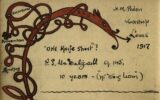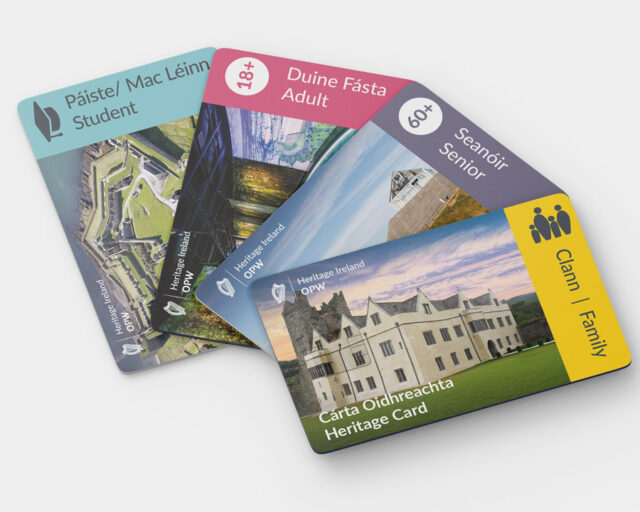The Kilmainham Gaol Autograph Books collection is a trove of approximately 60 personal notebooks owned by individuals associated with the 1916 Rising and containing the personal signatures and reminiscences of many people from the revolutionary movement. The origins of most of the books date from the 1916 period and its aftermath, when large numbers of the insurgents were held prisoner by the British authorities and held in jails throughout the United Kingdom. Scraps of verse, prayers, personal mementoes or simply signatures appear on every page. Some of the signatures are of people who were hugely significant during the Rising and subsequently but most are simply from the regular men who formed the bulk of the ranks of the Irish Volunteers in 1916.
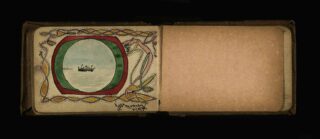
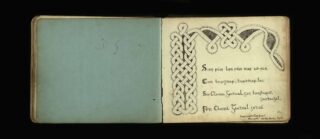
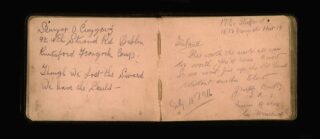
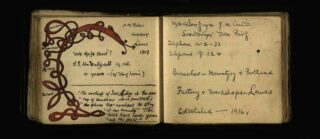
It was very common in the early twentieth century for people to own an autograph book. They were cheaply and readily available, and in more stable times, the owner of the book would collect the autographs of family, friends or people they met at an array of social, sporting or cultural gatherings. During World War One autograph books were commonly used by soldiers to gather the signatures of their fellow men in their battalion or quite commonly, their fellow prisoners at a POW camp. In this broader context then, that Irish prisoners had access to autograph books and used them to collect the signatures of those who were imprisoned alongside them is not unusual.
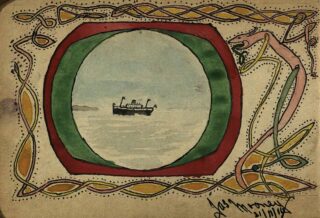
Since the opening of Kilmainham Gaol to the public in 1966 former political prisoners or their descendants have gifted an array of material to the archives there. The autograph books are fascinating examples of material culture from the Irish Revolutionary period. At the basic level the books contain a prisoner’s name, date and place of incarceration. In this context the prisoners are creating their own records of who was held where, an informal register of Irish prisoners for themselves that flew in the face of their highly regimented lives in British prisons. The names in the book allow us to understand who was arrested and interned in the wake of the Easter Rising. Some of the names are well known and rose to national prominence after their release. Others are less well known, and their period of imprisonment after 1916 signalled the end of their political activism. By linking the names with the Bureau of Military History Witness Statements and Pension files it has been possible to take a name from the page of the autograph books and understand how and why these people came to be in prison. It is worth noting that the books had a life beyond prison, and some of the books, in particular “Frongoch 1916 & Dail Eireann 1919” and “Relatives of 1916 Leaders” feature autographs of people that were connected with the events of 1916 and the Irish Revolution, but were not prisoners themselves.

As prison is about serving time, the autograph books were also used to pass time and allowed prisoners to express themselves. There are a range of poems and political statements, illustrated pages using the aesthetics of the Cultural Revival that had done so much to bring the Rising into being, and there are drawings of the prisons and the people that inhabited them. In all the Kilmainham autograph books offer a fascinating insight into the prisoners of the post-Rising months and add another layer of material for relatives, researchers and those generally interested in 1916.
